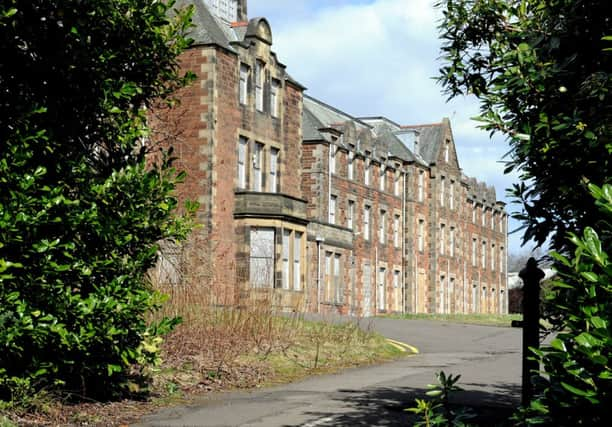Scottish fact of the day: Bangour Village Hospital


History
Modelled on the Alt-Scherbitz asylum in the Germany town of Schkeuditz, Bangour Village Hospital was one of the first village-plan psychiatric units in Scotland.
Comprising individual villas housing around 30 patients each, the village also had its own railway connection, farm, bakery and latterly, a church.
Advertisement
Hide AdThe War Office requisitioned the hospital during both World War I and World War II, becoming the ‘Edinburgh War Hospital’ and the ‘Scottish Emergency Medical Hospital’.
It reverted to its original use between the wars and post-1945.
By 1918, over 3,000 patients were housed at the hospital.
Temporary marquee tents and prefab huts were set up to cope with the demand for beds for both staff and patients.
The high number of patients led to the construction of Bangour General Hospital in the surrounding grounds, which made its own name in many medical fields, especially its burns and plastic surgery unit set up in 1940.
It was also home to a leading maternity unit serving the whole county.
Buildings
Two category A-listed buildings make up part of Bangour Village Hospital, with an architectural competition held in 1898 won by Hippolyte Blanc - best known for his Gothic revival-style churches - to design some of the buildings.
Advertisement
Hide AdAmong Blanc’s churches are Coats Memorial Baptist Church in Paisley, and Broxburn United Presbyterian Church.
The villas are built in a 17th-century Scots Renaissance style while at the centre of the site is an Edwardian era Baroque hall, and a Romanesque-style church, designed by H.O. Tarbolton and built between 1924 and 1930.
Present use
Advertisement
Hide AdThe opening of St John’s Hospital in Livingston in 1989 effectively scuppered Bangour General Hospital as services were transferred to the new hospital.
It closed in the early 1990s, while Bangour Village Hospital followed suit, eventually closing its doors for the last time in 2004.
In 2005, it was used as a filming location for The Jacket, a film starring Kiera Knightley and Adrian Brody.
A planning application for a housing development was submitted in 2004 by Persimmon Homes, but they withdrew their bid in August 2008, citing the economy’s downturn.
In September 2009, the grounds were used as in ‘Exercise Green Gate’, a counter-terrorist exercise held by the Scottish Government to test decontamination procedures in the case of a nuclear, chemical or biological incident.
In total, 250 volunteer ‘casualties’ were involved along with 400 emergency staff.